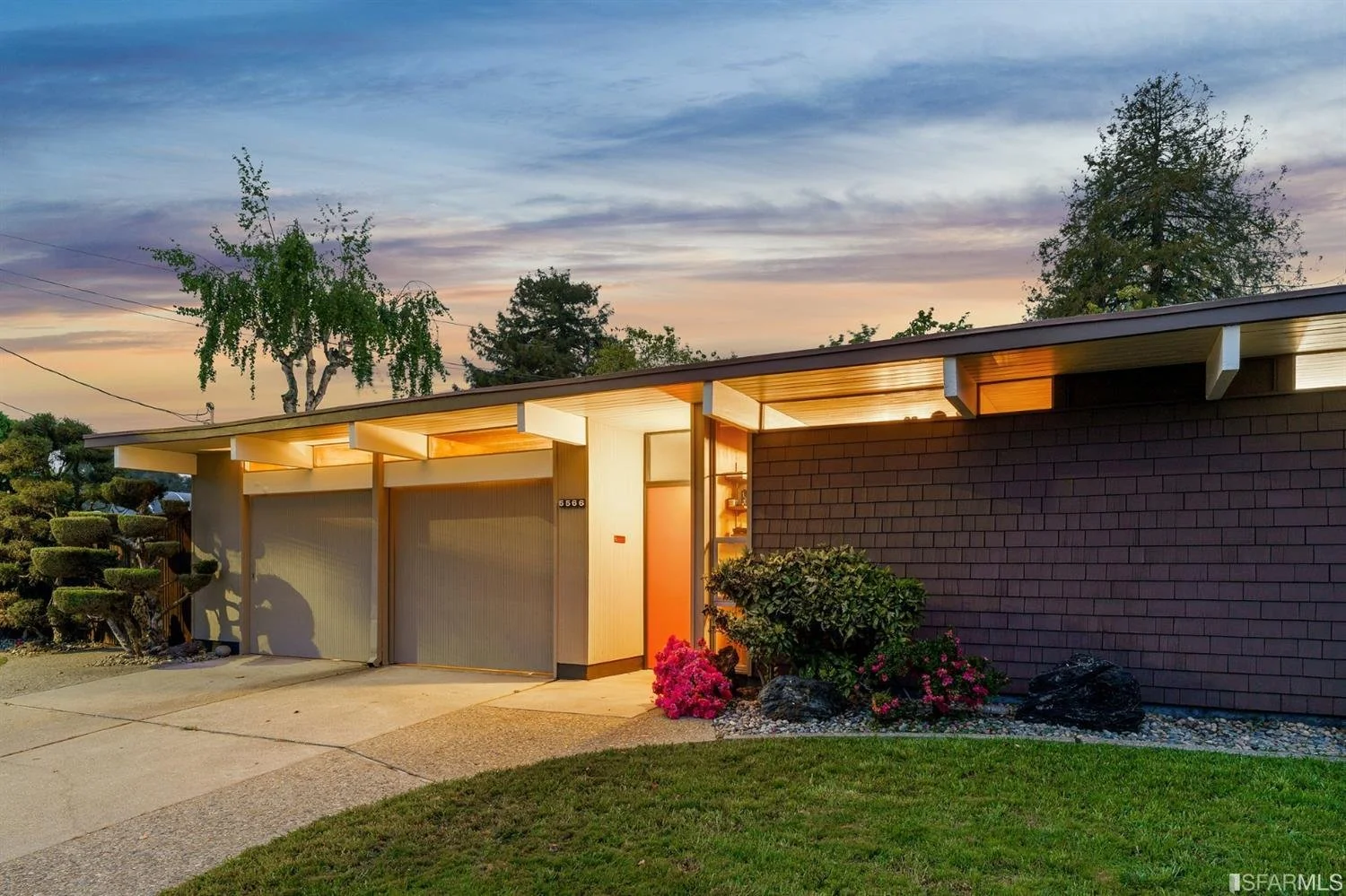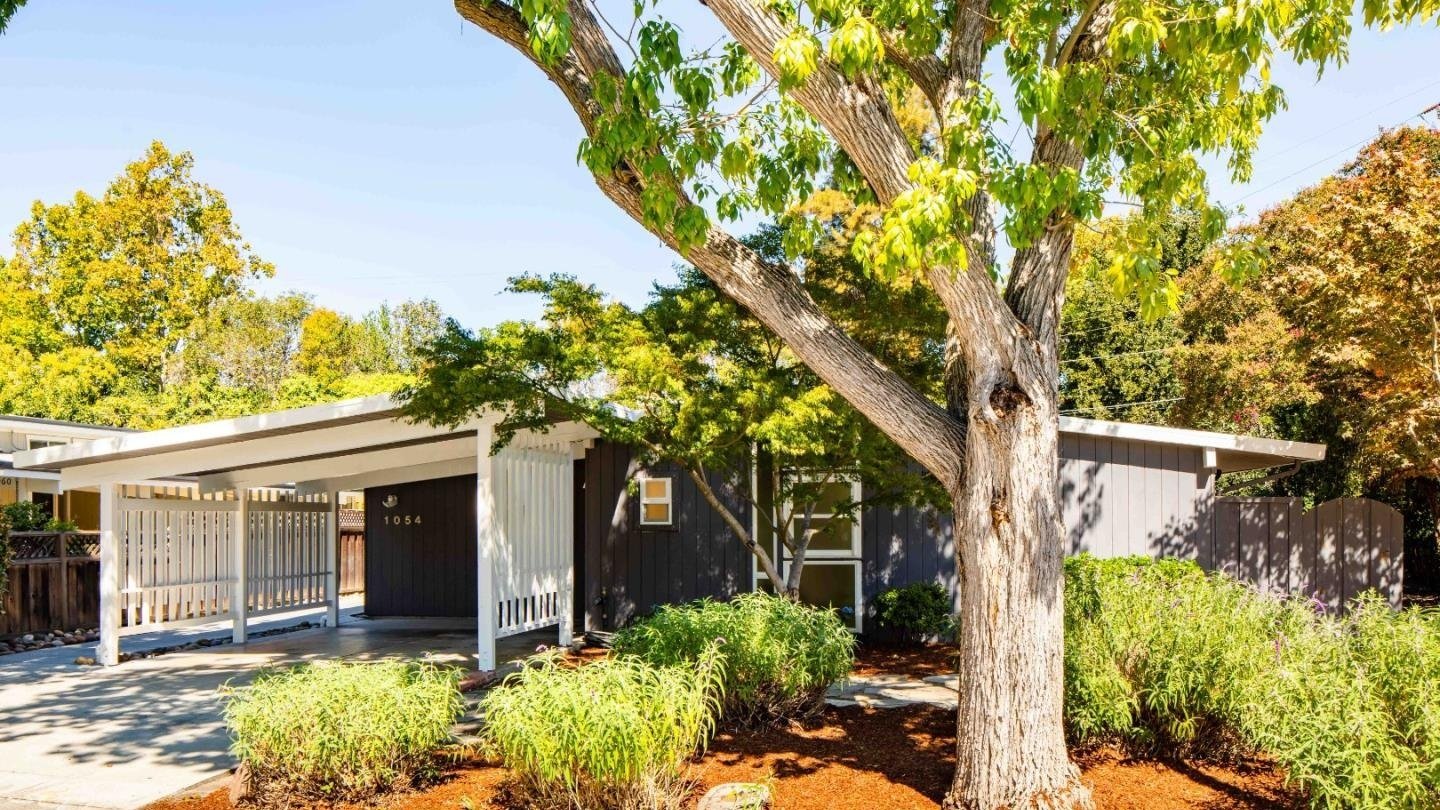About Palo Alto
Nestled amid the picturesque landscape of California's Silicon Valley, Palo Alto stands as a captivating city that seamlessly weaves its rich history with its present-day significance in the global tech arena. The city's origins date back to its establishment in 1894, when it emerged as a vital railway stop, offering a crucial link in the burgeoning transportation network of the time. However, it was the founding of Stanford University that truly set the stage for Palo Alto's evolution. As the university gained prominence, the city flourished, its growth mirroring the academic institution's rise to excellence.
Palo Alto's historical essence is beautifully preserved in its architecture and neighborhoods, with its tree-lined streets paying homage to the towering redwood tree, "El Palo Alto," that inspired the city's name. This unique blend of history and innovation provides a captivating backdrop to the city's modern significance as a global tech powerhouse. Silicon Valley's trajectory into the digital age has been closely intertwined with Palo Alto's journey.
One cannot discuss Palo Alto without acknowledging its pivotal role in the tech industry. The city's iconic garage startup culture finds its roots in the very place where Hewlett-Packard (HP) was born, a humble garage that would eventually spawn a revolution in technology. HP's pioneering spirit and innovative ethos set the tone for the countless other startups that would call Palo Alto home. The city's proximity to Stanford University has fostered an environment of collaboration, creativity, and knowledge exchange.
In more recent times, Palo Alto has been marked by the influential presence of Tesla, the trailblazing electric vehicle manufacturer. Founded in 2003, Tesla's visionary approach to sustainable transportation and renewable energy has redefined the automotive industry. Palo Alto served as Tesla's headquarters during its early years, and the city played a crucial role in shaping the company's mission and innovation. Tesla's groundbreaking work in electric vehicles and autonomous driving technology further solidifies Palo Alto's position as an epicenter of technological advancement.
In the grand tapestry of Palo Alto, the threads of history, education, and technological advancement are intricately woven. The city's enduring charm lies in its ability to seamlessly blend its past with its present, a testament to its unwavering commitment to progress and innovation. As Palo Alto continues to be a nucleus of tech innovation and a haven for forward-thinkers, its legacy as a global tech hub and a guardian of history remains steadfast.
Palo Alto Eichler History
Palo Alto's history with Eichler Homes is a fascinating chapter that reflects the city's evolving architectural landscape. During the mid-20th century, renowned real estate developer Joseph Eichler played a pivotal role in shaping the city's residential character with his iconic designs. Eichler Homes introduced a revolutionary concept that emphasized open floor plans, clean lines, and a seamless integration of indoor and outdoor spaces. These mid-century modern designs, characterized by flat or low-pitched roofs, large windows, and an emphasis on functional simplicity, left an indelible mark on Palo Alto's neighborhoods.
Joseph Eichler's vision aimed to provide accessible and stylish housing for a wide range of families, and his developments in Palo Alto echoed his commitment to innovation and community. With around 250 Eichler homes in the city, his distinctive architectural approach departed from traditional suburban designs, embracing a more contemporary and communal ethos. The Eichler homes not only embodied modernist principles but also contributed to the social fabric of the city by fostering a sense of connection among residents.
Palo Alto's landscape became enriched with Eichler neighborhoods that still stand as architectural treasures today. The legacy of Eichler Homes is a testament to how innovative design can shape a community's identity and endure through changing times, offering a glimpse into a bygone era while remaining relevant and cherished in the present day.
Palo Alto Eichler Neighborhoods
Palo Alto's architectural landscape boasts a tapestry of Eichler tracts, each contributing to the city's unique charm and modernist heritage. The diversity of these tracts showcases the innovative vision of Joseph Eichler and the creative brilliance of architects like Anshen+Allen, Jones & Emmons.
From the inaugural University Gardens, consisting of 36 homes in 1949-1950, to the serene El Centro Gardens with 11 homes built in 1950, the mid-20th century witnessed the inception of these modern havens. The expansive Charleston Meadows and Meadow Park, a masterpiece of around 350 homes built between 1954 and 1958, epitomize the collaboration between Anshen+Allen and Jones & Emmons, blending their architectural prowess seamlessly. These alongside Fairmeadow and Greenmeadow stand as the largest Eichler tracts out of the 31 in Palo Alto. Many of the rest remain unnamed or share a name as an extension to the original tracts.
As these homes stand as architectural legacies, they remind us of the marriage between design and community that defines Palo Alto's Eichler heritage.
Palo Alto Eichler Tract Info
Palo Alto Eichler Tract Name
1. University Gardens 1949 -1950
2. El Centro Gardens 1950
4. Green Gables 1950 -1951
5. Greer Park 1950 -1951
6. Channing Park No. 1 & No. 2 1951 -1952
7. Fairmeadow 1951 -1954
8. Maybell Gardens 1952
9. Midfair 1953 -1954
11. Charleston Gardens 1954
12. Fairpark 1954
14. Channing Park No. 3 1955
15. No Name (Blair Court) 1955
16. Triple El 1955
17. Edgewood 1956
18. Faircourt 1956
19. Greendell 1956
20. Faircourt No. 3 & No. 4 1957
21. No Name (Amarillo Avenue) 1957
22. Meadow Park 1957 -1958
23. Royal Manor 1957 -1958
24. Garland Park 1958
25. No Name (Louis Road) 1959
26. No Name (Middlefield Road) 1959
28. Greenmeadow No. 3 1961 -1962
29. Midcourt 1972
30. Community Center 1973
31. Los Arboles Addition No. 2 1974
Approx. Number of Eichler homes in Each Tract
University Gardens - 36 Homes
El Centro Gardens - 11 Homes
Rest - # of Homes Unavailable
Architects
Other South Bay Eichler Neighborhoods
Explore other Eichler Neighborhoods across the South Bay!
Contact us Now!
PHONE NUMBER
650-383-8606
EMAIL
HOMES@BOYENGA.com
OPEN HOURS
8AM - 8PM
APPOINTMENT
SCHEDULE A CALL
ADDRESS
16268 Los Gatos Blvd, Los Gatos,
CA 95032, United States




